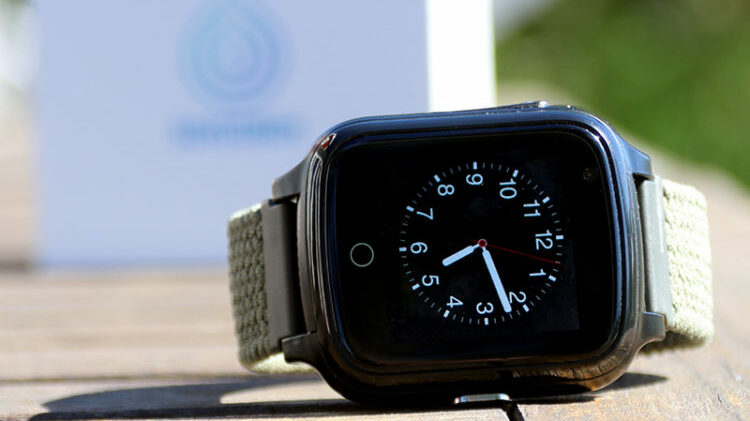How Do You Recover After a Brain Hemorrhage?
Surviving a brain hemorrhage is a major event—but for most, it’s only the beginning of a long road to recovery. Rehabilitation can take months or even years, and no two recovery journeys look the same. Some people regain much of their function, while others live with lasting impairments. So what does recovery involve, what can you expect, and what affects the outcome?
A Type of Stroke – With Unique Challenges
A brain hemorrhage is a form of stroke, specifically a hemorrhagic stroke, caused by a ruptured blood vessel in the brain. Compared to ischemic stroke (caused by a blood clot), hemorrhagic strokes often lead to more severe damage, making the path to recovery more complex. The injury is caused both by the bleeding itself and by the pressure the blood creates within the skull.
The First Phase – Acute Care and Stabilization
The initial care usually takes place in an intensive care or stroke unit. The focus is on:
-
Stopping the bleeding and reducing pressure in the brain
-
Treating underlying causes, such as high blood pressure
-
Monitoring consciousness, breathing, and vital signs
Recovery often starts here—with small steps like regaining consciousness, moving a limb, or following simple commands.
Rehabilitation – The Key to Progress
After the acute phase, rehabilitation begins. It often involves a multidisciplinary team and includes:
-
Physical therapy – to regain strength, coordination, and mobility
-
Occupational therapy – to relearn everyday activities like dressing or cooking
-
Speech therapy – for speech or swallowing difficulties
-
Neuropsychology – to assess and support cognitive functions such as memory and focus
Rehabilitation may take place in a hospital, at a rehab facility, or at home with support from professionals and family. It is tailored to the individual’s needs and the severity of the brain injury.
Common Challenges After a Brain Hemorrhage
Many survivors face ongoing difficulties, including:
-
Paralysis or weakness on one side of the body
-
Aphasia or speech problems
-
Visual or balance issues
-
Fatigue and low energy
-
Anxiety and depression
-
Problems with memory and attention
Mental health support is crucial, as emotional vulnerability and depression are common and can affect recovery.
What Affects Recovery?
Several factors influence the recovery process:
-
Size and location of the bleed – smaller hemorrhages usually mean better outcomes
-
Age and general health – younger and healthier individuals tend to recover more fully
-
Time to treatment – faster medical care limits brain damage
-
Rehabilitation intensity and quality – early and consistent rehab improves results
-
Motivation and social support – involvement from family and caregivers is essential
A personal alarm that can be triggered at any time
Sensorem’s personal alarm can automatically trigger the alarm in the event of a fall and then automatically call relatives using the watch’s built-in speakerphone with two-way communication. The user can also trigger the alarm manually by pressing the physical alarm button. The personal alarm works outdoors and has built-in GPS positioning so that relatives can see the user’s position on a map in the Sensorem app.
SENSOREM’S PERSONAL ALARM CAN INCREASE SAFETY AFTER A STROKE
Sources
- Socialstyrelsen. National Guidelines for Stroke Care, 2018.
- Bernhardt J et al. Rehabilitation after stroke. The Lancet Neurology, 2020.
- WHO. Stroke Rehabilitation: Clinical Guidelines, 2022.

